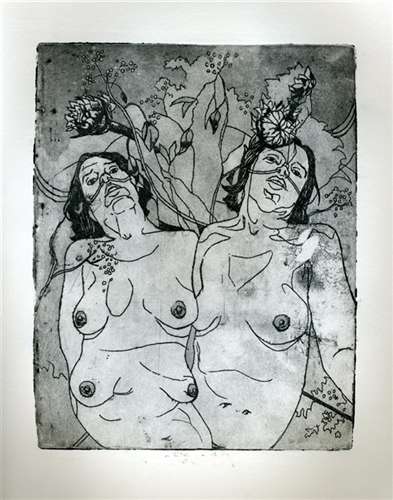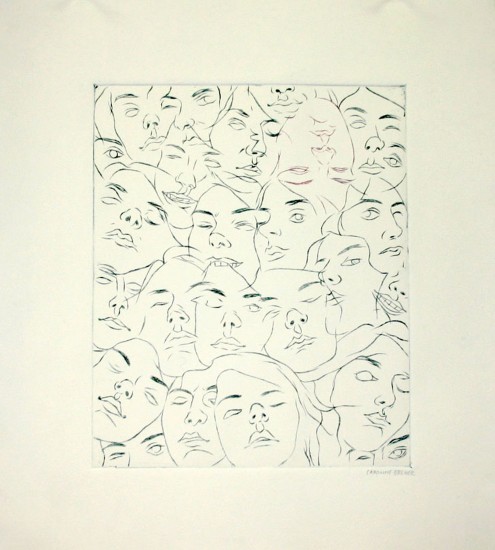
Guest post by Alliance staffer Courtney Buckland, Project Coordinator
 While he was in high school, my brother made so many beautiful woodblock prints. I was always envious that he experimented with so many different mediums, and I stuck to the safe route with my pens, pencils and paintbrushes. He created such detailed, intricate images. They were truly incredible works of art, and thinking of them now, I would love to have them framed and hanging on my walls.
While he was in high school, my brother made so many beautiful woodblock prints. I was always envious that he experimented with so many different mediums, and I stuck to the safe route with my pens, pencils and paintbrushes. He created such detailed, intricate images. They were truly incredible works of art, and thinking of them now, I would love to have them framed and hanging on my walls.
Engraving goes back to cave art, created by using stones, bones, and cave walls. In elementary school we experimented with printmaking by carving designs into apples, dipping them in ink, and then stamping them onto paper. Even a rubber stamp could be considered a printmaking tool. Pablo Picasso made more than 1,000 prints including etchings, engravings, drypoints, woodcuts, lithographs and linocuts. In 2012, the Scholastic Art & Writing Awards received almost 800 printmaking submissions!

Experimenting with printmaking is easy. One great project to try is a Styrofoam relief print. Thoroughly wash a Styrofoam tray from a package of meat or veggies, and cut down the edges so you have a flat square of Styrofoam. Next, grab a pencil and carefully draw an image on the Styrofoam. Remember, your printed image will appear in reverse! To finish, lightly brush paint on the Styrofoam, and then gently stamp the image onto a sheet of paper. Voila! Your very own original print!
Check out Washington Printmakers Gallery’s Printing Techniques page to learn more about printmaking. And, to view more 2012 Award-winning work, visit our online gallery, select “Art”, and choose the “Printmaking” category.
***
Apply to the 2013 Scholastic Art & Writing Awards Printmaking Category!
Printmaking is art made by the process of printing, usually on paper, fabric, or another flat surface. Monotype, collograph, woodcut/linocut, intaglio, lithography, etching, silkscreen printing are all different types of printmaking. When submitting your work, please identify the printmaking technique used in the materials/description section of online registration. Jurors look for originality, technical skill, and the emergence of a personal vision. Students can submit their work to the 2013 Scholastic Art & Writing Awards beginning September 17, 2012. To learn how to submit, visit: http://www.artandwriting.org/Awards/HowTo
